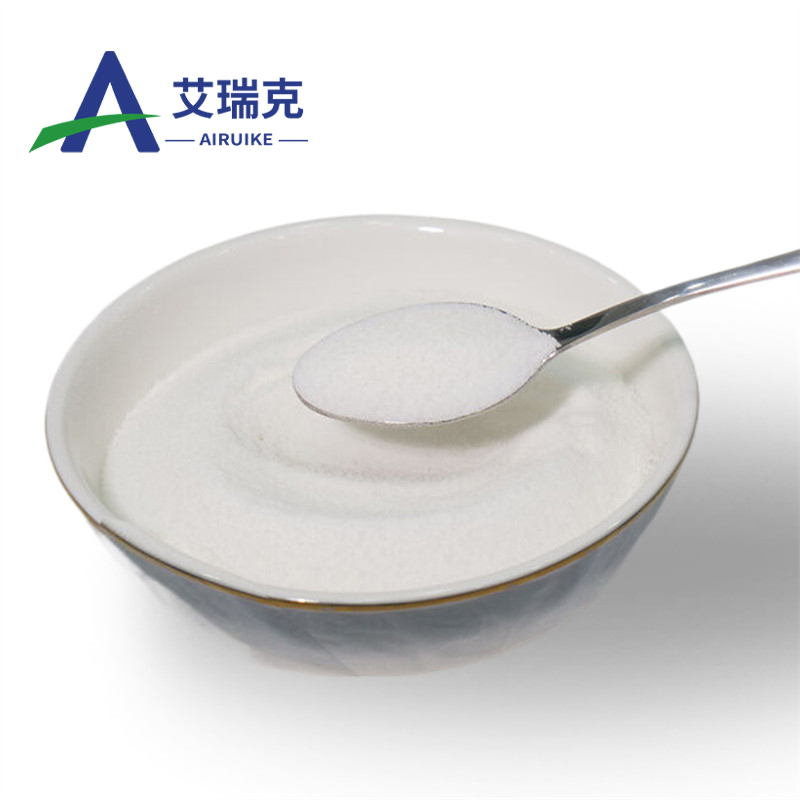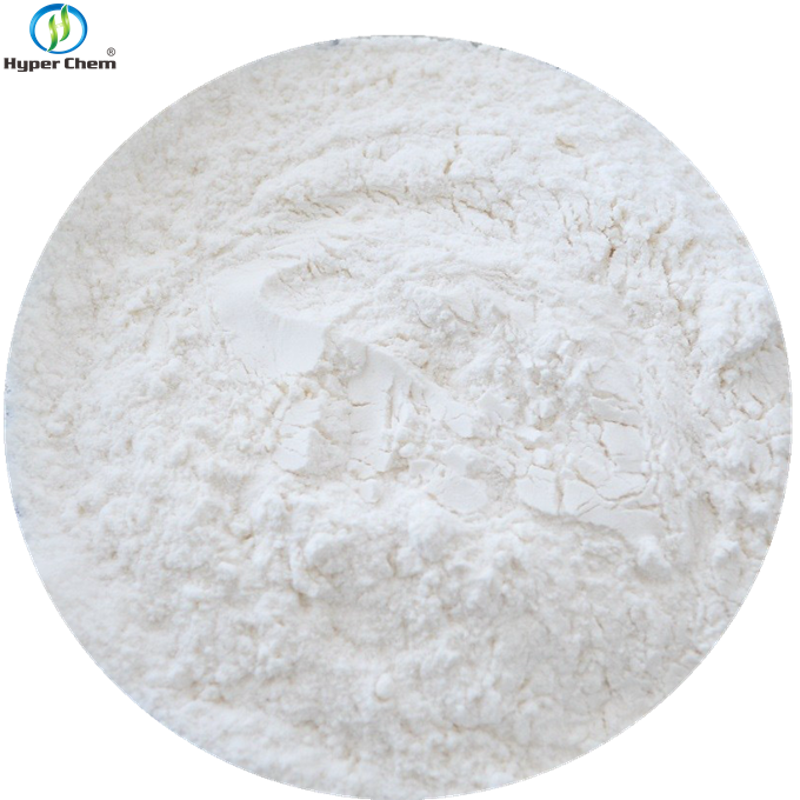-
Categories
-
Pharmaceutical Intermediates
-
Active Pharmaceutical Ingredients
-
Food Additives
- Industrial Coatings
- Agrochemicals
- Dyes and Pigments
- Surfactant
- Flavors and Fragrances
- Chemical Reagents
- Catalyst and Auxiliary
- Natural Products
- Inorganic Chemistry
-
Organic Chemistry
-
Biochemical Engineering
- Analytical Chemistry
-
Cosmetic Ingredient
- Water Treatment Chemical
-
Pharmaceutical Intermediates
Promotion
ECHEMI Mall
Wholesale
Weekly Price
Exhibition
News
-
Trade Service
Endovascular therapy (EVT) is an important treatment for acute large-vessel occlusive stroke, but ineffective recanalization
occurs in nearly half of patients receiving EVT.
Ineffective recanalization is influenced by a variety of factors, including the patient's clinical features, endovascular therapy, and collateral circulation1
.
Collateral circulation is a major determinant of final infarct volume and ischemic semi-dark zone after acute ischemic stroke (AIS), and good collateral circulation can reduce AIS infarct volume and restore normal blood flow perfusion to more ischemic semidark zones2
.
In recent years, the influence of the lateral branch circulation of the brain on AIS has been reached to a consensus, and its important position has not only been gradually recognized, but also further improved
.
Human urokinlypinnase as a drug to improve the circulation of the lateral branch of the brain has been recommended for the treatment of AIS by a number of authoritative guidelines and consensus in China, but many clinicians still lack sufficient understanding and understanding
of the mechanism, efficacy and related research progress of human urinary kinlyliklygenase in the treatment of AIS.
On October 28, at the 3rd Annual Conference of Shanghai Stroke Society and the 16th China Neurology Forum, Professor Wang Xin of Zhongshan Hospital Affiliated to Fudan University made an opening speech and summary of the conference, and Professor Dong Qiang of Huashan Hospital Affiliated to Fudan University gave a keynote lecture entitled "Research Progress on the Correlation between Tissue Kallikallin (TK) and AIS", and the main contents of Yimaitong are summarized as follows
.
Among the therapeutic drugs to improve collateral circulation, the value of human urokininogenase for the treatment of AIS has been confirmed by more and more high-quality clinical studies in recent years, and is regarded as a potential stock
in the field of stroke treatment by many domestic and foreign researchers.
Reduce recanalization therapy injury and better predict AIS clinical outcomes
A study3 led by Professor Dong Qiang found that serum TK may be a promising predictor
of clinical outcomes in patients with AIS.
Professor Dong Qiang introduced that this study included a total of 75 patients with ultra-early ischemic stroke (onset within 0~6 hours), the TK level was detected before treatment, all patients were treated with thrombolysis or endovascular therapy, 90-day mRS score was performed, and logistic regression analysis was performed on the results and TK level of the enrolled patients, with the aim of evaluating the correlation
between serum TK level and 90-day outcome in AIS patients receiving acute reperfusion therapy.
The final results showed that higher baseline TK was independently associated
with favorable functional outcomes (mRS 0-2) and lower mortality at 90 days.
Higher TK levels, reduced ischemia/reperfusion injury and mortality, are independent indicators
of stroke prognosis.
The findings suggest that clinically, higher baseline TK levels (a threshold of ≥ 25 pg/ml), which reduce ischemia/reperfusion injury and mortality with thrombolysis or endovascular therapy, are independent influencing factors
for better outcomes after 90 days.
This is also verified in Professor Liu Xinfeng's research, who believes that the low endogenous TK level before surgery may be a potential predictor of the occurrence of ISR after stent implantation, and exogenous TK treatment can significantly reduce the incidence of ISR and improve the clinical outcome of
postoperative patients.
Human urokininogenase is a kinlycadenase extracted from human urine, the main component is tissue type kallikrein (TK), which can convert kininogen into vasodilin and kinin under certain conditions, selectively expand microvessels in hypoxia and ischemic areas, and promote vascular endothelial function and antioxidant effects
.
Basic and clinical studies have shown that TK supplementation can reduce the volume of cerebral infarction foci and improve ischemic cerebral tissue blood perfusion
.
At the same time, TK supplementation therapy also has a neuroprotective effect, through antioxidant and anti-inflammatory effects, it can prevent the loss of brain neurons as soon as possible and reduce the nerve damage
caused by ischemic stroke.
In addition, TK supplementation has additional benefits
for selected patient populations, such as stroke patients with diabetes.
Multiple pathways work and are more beneficial to the recovery of patients with diabetes and AIS
The high prevalence of abnormal glucose metabolism in the global ischemic stroke population is a problem
that clinicians cannot ignore.
Both diabetes and abnormal glucose metabolism are closely related to
the occurrence of cerebral infarction and poor prognosis.
In the past two years, a study led by Professor Dong Qiang4 explored the role of
human urokinlygenase in patients with acute ischemic stroke.
Professor Dong Qiang said that the case of this study came from a multicenter, double-blind controlled phase II.
b and III clinical trial
of human urokinlygenase.
Subgroup analysis found that the use of human urokinlypin in all subgroups of patients was beneficial, including age, sex, whether the drug was taken within 24 hours, and whether there were comorbidities
.
That is to say, regardless of obesity, stroke, diabetes, hypertension, coronary heart disease, TIA, dyslipidemia, the clinical efficacy of human urokinlylikense is beneficial, especially for diabetes
.
TK supplementation has a clear mechanism of action, the production of kinin through the KKS system plays a positive role in the control of hyperglycemia, effectively improves the neurological deficit and long-term prognosis of patients with AIS with abnormal glucose metabolism, and is therefore more beneficial to the recovery
of patients with diabetes and AIS.
In addition to the direct glycemic control effect on diabetes, TK supplemental therapy also has a certain improvement and protective effect
on diabetic hypertension, diabetic cardiovascular disease, diabetic nephropathy, diabetic retinopathy, etc.
For example, in diabetic myocardial function, studies have shown that kallikallikallin prevents diabetic cardiomyopathy by improving cardiac function and promoting glucose sugar utilization and lipid metabolism through kinin formation; In diabetic nephropathy, animal experiments have found that early activation of the renal kallikre-kinin system has a protective effect
on the occurrence of diabetic nephropathy.
The consistent evidence from domestic and foreign studies will provide more evidence for stroke treatment
At the end of the meeting, Professor Wang Xin concluded that at present, many Chinese groups of studies have been carried out in China on the relationship between TK and AIS, and the effect of TK complementary therapy and AIS therapy, which suggest that TK plays an increasingly important role
in clinical practice.
It is precisely because with the clinical practice of human urokinlypany enzyme for more than ten years after marketing, more and more clinical evidence has been collected, so that the unique advantages of such a special target drug in AIS have been proved
.
In terms of mechanism, TK supplementation therapy has many targets, whether it is in collateral circulation, receptor activation or oxidative anti-inflammation, etc.
, it can play a certain role
.
These bases are very valuable for a systematic review of the effects of TK, and at the same time very exciting, human urokinlygenase can bring good clinical benefits
as a class 1.
1 new drug independently developed in China.
In recent years, more attention has been paid to the clinical application
of TK complementary therapy.
A biological company in the United States has developed a recombinant tissue type kallikrein DM199, and its phase II clinical ReMEDy study has achieved very good results, and was released as a blockbuster research result at the 2021 ISC conference, which has been recognized and highly concerned
by international experts.
Professor Wang Xin pointed out that although the material route of human urokinogenase and DM199 is different, the former is biologically extracted human urokininogenase, while the latter is genetically recombinated human tissue kininogenase
.
However, in any case, the role of TK complementary therapy in clinical practice has received more and more attention from clinical practice
.
The pivotal Phase II/III clinical trial of ReMEDy 2:DM199 has been initiated in the United States, and if the safety, tolerability and efficacy are re-demonstrated during the trial, the evidence of TK supplementation therapy at home and abroad will be consistent and can provide more evidence
for stroke treatment.
In the future, we expect more in-depth and extensive research and clinical practice of TK supplemental therapy to provide new therapeutic directions
for the treatment of ischemic stroke.
Expert profiles
Professor Wang Xin
Professor, doctoral supervisor
State Council special allowance expert, Shanghai leading talent, Shanghai craftsman
Standing Committee Member of Neurology Branch of Chinese Medical Association
Standing Committee Member of Neurologist Branch of Chinese Medical Doctor Association
He is the chairman-elect of the Neurology Branch of Shanghai Medical Association
Professor Dong Qiang
Professor, chief physician, doctoral supervisor
Shanghai Leading Talents Top 10 Public Health Workers in Shanghai
Director of the Department of Neurology, Huashan Hospital, Fudan University
Deputy Director of the National Medical Center for Neurological Diseases (Huashan).
Vice Chairman of the Neurology Branch of the Chinese Medical Association, Vice President of the Chinese Stroke Society
Chairman of the Neurology Committee of Shanghai Medical Association, President of the Neurologist Branch of Shanghai Medical Association
Director of Shanghai Clinical Center for Neurological Diseases and Director of Shanghai Quality Control Center of Neurology
Executive Vice President of Shanghai Stroke Society
Liu Ying, Ding Jing, Wang Xin.
Research progress of endovascular treatment ineffective recanalization in acute ischemic stroke.
Chinese Journal of Stroke,2021,16(10):1067-1074 2.
Dang Chao, Lu Jie, Song Haiqing, et al.
Chinese expert consensus on clinical assessment and treatment of ischemic semi-dark zone of acute cerebral infarction.
Chinese Journal of Neuropsychiatric Diseases,2021,47(06):324-335 3.
Wu F,Ling Y,Yang L,et al.
High Level of Serum Tissue Kallikrein Is Associated with Favorable Outcome in Acute Ischemic Stroke Patients.
Dis Markers.
2019 Jun 2; 2019:5289715.
4.
Dong Y,Qu J,Zhang Z,et al.
Human urinary kallidinogenase in treating acute ischemic stroke patients: analyses of pooled data from a randomized double-blind placebo-controlled phase IIb and phase III clinical trial.
Neurol Res.
2020; 42(4):286–290.







